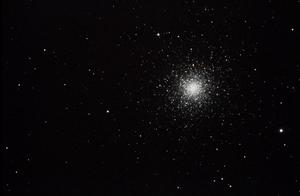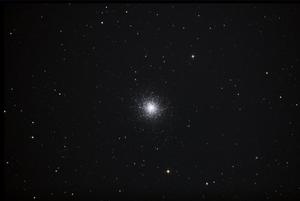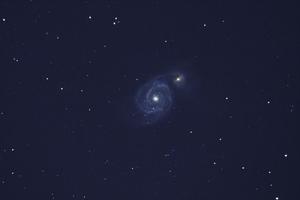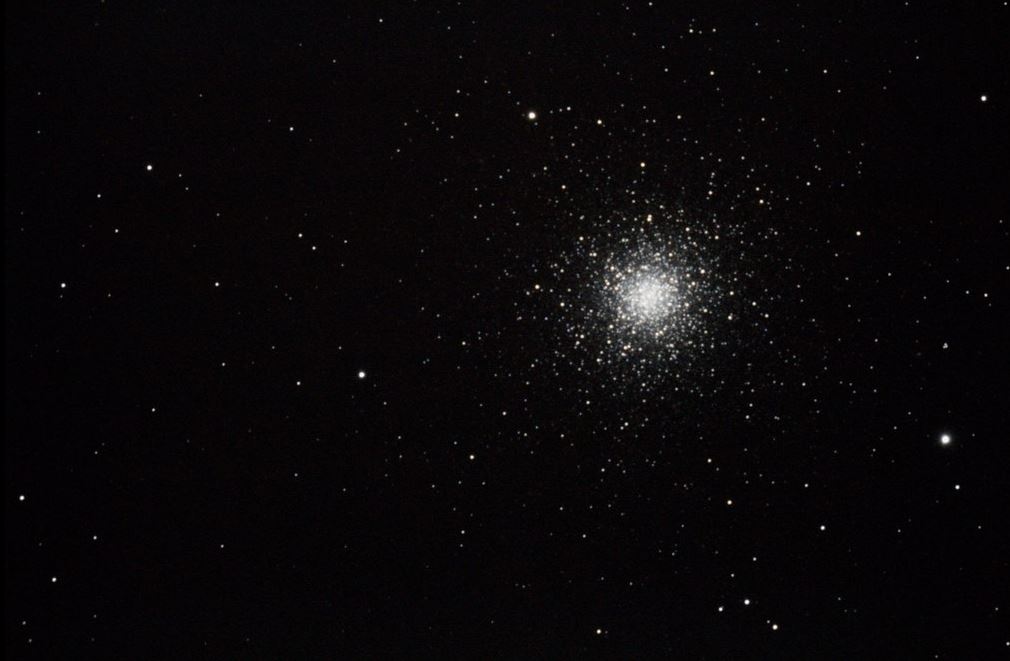I prefer using a commercial grade DSLR. I use a Canon t5i that I also use for regular photography. It is not modified.
No matter what happens, the setup and software can get complicated, so you need to factor that into your decision. Here is what I do with my setup.
Set up scope and polar align. I use an Orion Atlas mount. Polar alignment and 3 star alignment of the system gets the GoTo working well enough to put every object in the center of the field of view. I also have a Skyfi module and iPad running Sky Safari. I use that to pick objects and steer the scope, using Sky Safari on the iPad is cool when trying to photograph new comets because the data updates automatically. Normally I slew from a couple of known objects or stars to make sure it's working right.
Next I make sure the Autoguider is running right and tracking. I use an Orion 50mm Guide scope and camera and I use PHD (Push Here Dummy) software. It takes some getting used to, but after that, it works great. Some of my software has auto-guiding built in, but for some reason, I like to run it separate in another screen in Windows.
Next I hook up my camera and get the focus set up. Since I use a Canon Camera, I use BackyardEOS, an astrophotography software program for Canon EOS cameras. There is a live view that helps you focus on a bright star. It also controls the camera through the USB. Once focused and on target, I do a 30 second exposure at a reasonable ISO to see if I am framed correctly. Then I do at least 10 exposures at 30 to 120 Seconds at ISO 1600. BackyardEOS shows you your images as they come out of the camera, so you know if you are on the right track. You also need to take Dark frames and possibly Light frames as well. These help remove dead pixels in your camera frame and flatten the exposure. I don't always to Light, but I always to dark frames.
Since I'm hooked up and impatient, I usually do several object sets and then process later.
Once I go in to my main computer, I use ImagesPlus to process my photos. Now this software is about $250. Different versions can also control the focuser and other features. This software allows me to convert from the RAW images I took to a 16 bit TIF file for each exposure. I then perform calibration on each file (automatically using Dark files), then process to align the frames and then to stack them together in one of the different options. After all that is done, ImagesPlus can also do digital processing to stretch the contrast and brightness. Usually by then I have a pretty good photo that I can crop and mess with in other software.
Setting up each time is a bit of a hassle with all the equipment, so I have a pier in the backyard and I will leave the equipment set up and covered. Then I just have to bring the camera and laptop back out to continue the next day.
I am only good at the equipment and software that I have. I wish I knew more about different cameras and software, but I was lucky to find what I have.
Keys to good photos are accurate tracking, taking dark frames, stacking to reduce signal to noise and good focus. It's not easy and I still have some sort of issue each time I do it. I still think I get some good photos for being in town. I have attached two photos I took lately with the club 10 inch Meade ACF telescope on an LX850 mount.
So there are a lot of things to consider. If you choose to get a mount, I would recommend getting a DSLR (only because that is what I am familiar with and it can be used for other things). BackyardEOS also has a BackyardNikon version if you prefer that. You would need to pick software to process the photos. I am not a fan of Photoshop as it is complicated and not made to process astrophotos. There are other options, but I haven't had a chance to try them yet. You would need to consider if you want to try to make a more permanent setup or deal with the teardown setup all the time.
The equipment can be bought and sold on Cloudy Nights Classified. I usually get the quickest results if I post the ads Friday night, then people with time on the weekend can be checking it out.
Image Gallery
(Hover over images for descriptions)



Slides
(Click to enlarge and isolate)


